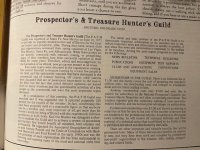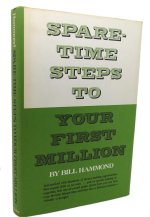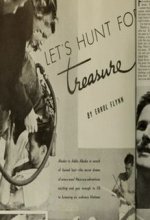Ryano
Hero Member
Many months ago I went down a LUE rabbit hole researching what I could find on the Circle of Companions after finding reference to an unnamed “Lockheed engineer” that made multiple trips to Trinidad and Weston with Spade Cooley the Western Swing star in the late 1940’s early 1950’s.. I’m now certain that engineer was the Alvino Rey - famous steel guitarist and holder of multiple patents in audio instrument engineering. I’ll be damned if I can’t locate the source article (1980’s Guitarist (?) or Strings magazine or similar ) now that I remembered to share this info; it was an interview with a well-known music store owner in NYC who was friends with Alvino Rey and he mentions Rey regaling him with adventure tales of searching for lost treasure with Spade Cooley. Presumably they were looking for the Cavern of Gold (Culebra) or whatever obsessed Dean Miller to pack up and move to Segundo ?? Just thought this was interesting since it suggests people with direct connections to the CoC were searching this area prior to KVM’s publication of TotVoS, thus lending credence that the story isn’t an invention (at least not by Dean Miller  )
)
 )
)
Last edited:









